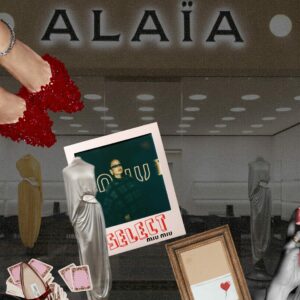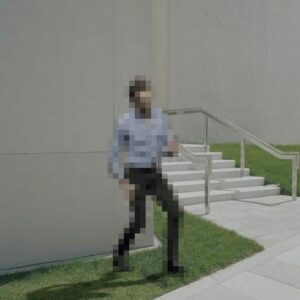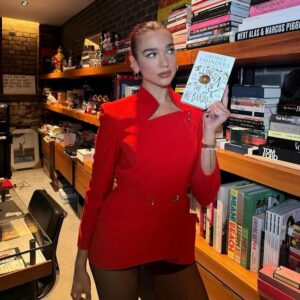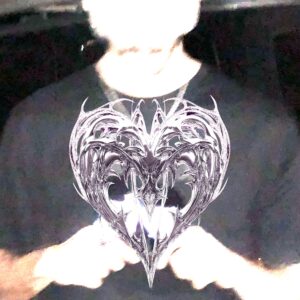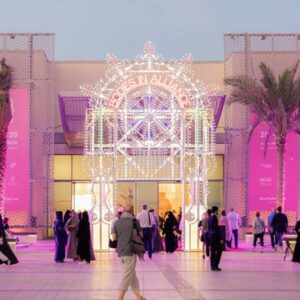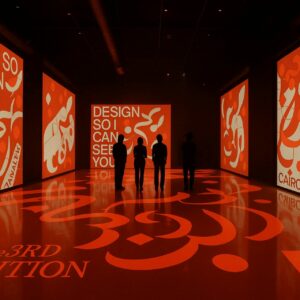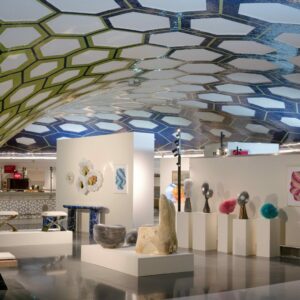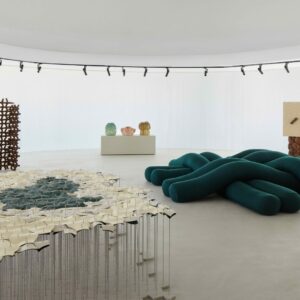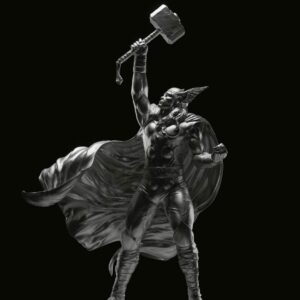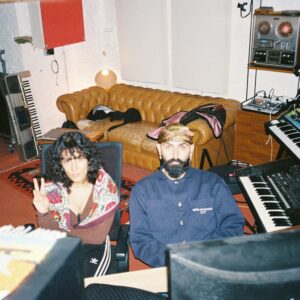The Sursock Museum’s (Instagram) DIVAS: From Oum Kalthoum to Dalida, an exhibition conceived by the Institut du monde arabe (IMA), now making its Beirut debut after successful showings in Paris, Amsterdam, and Amman. Running until 11 January 2026 in the Special Exhibitions Hall, B2, it pays tribute to some of the most iconic female voices of the Arab world.
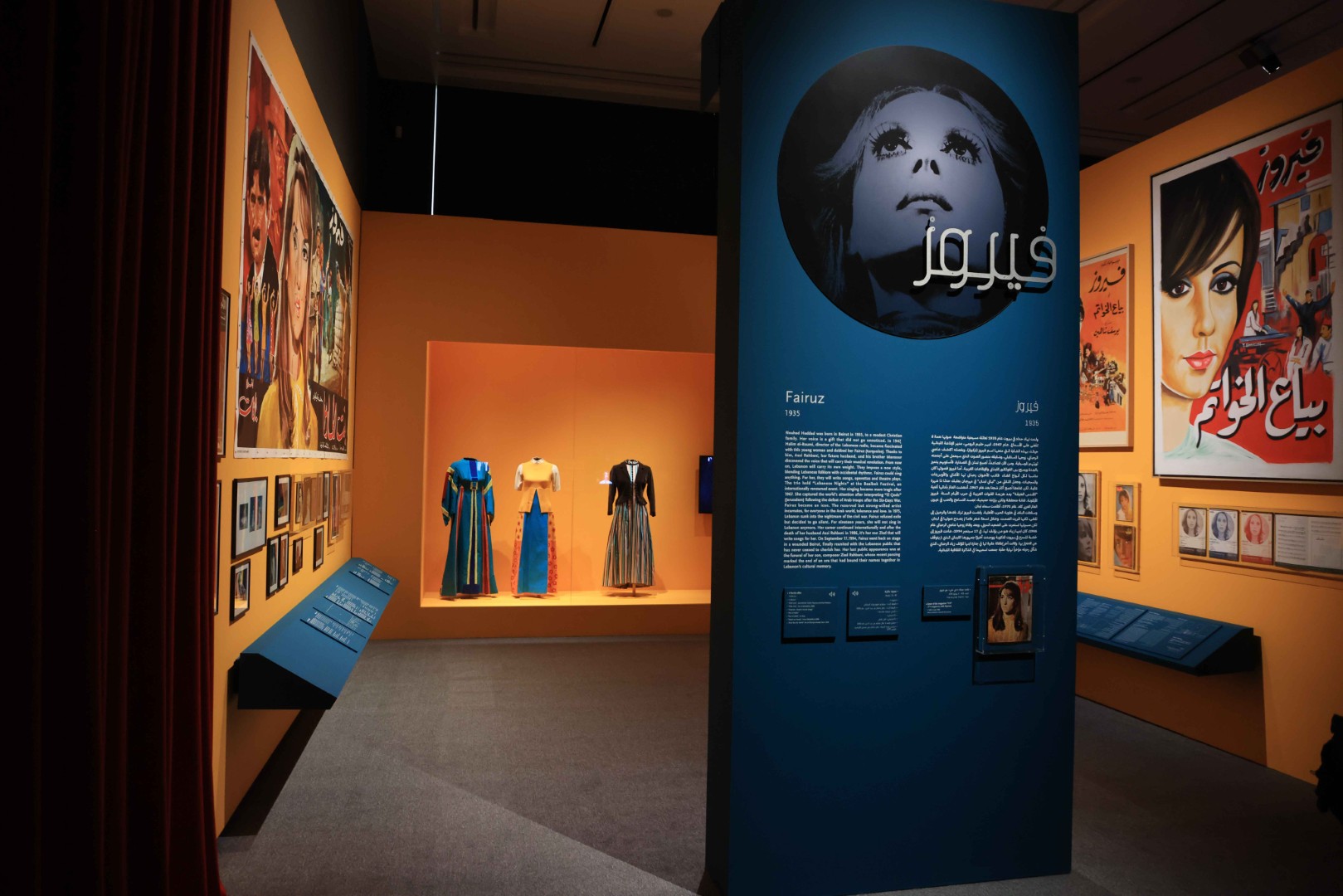
Curated by Elodie Bouffard and Hanna Boghanim, the show explores the lives, careers, and enduring influence of legendary singers and performers who helped shape modern Arabic music and culture. From Oum Kalthoum, whose performances at the Baalbek Festival remain legendary, to Fayrouz, Warda, and Asmahan, many of whom had Lebanese roots, these women brought Arabic music to international stages, inspiring audiences across the Middle East, North Africa, and Europe.
The exhibition also traces the younger generation of icons, including Laila Mourad, Samia Gamal, Souad Hosny, Sabah, and Dalida, showcasing their artistic achievements and the cultural transformations they spearheaded. These divas were not just entertainers; they were trailblazers who redefined the role of women in society, symbolizing empowerment, creativity, and national identity during a period of intense social and political change.
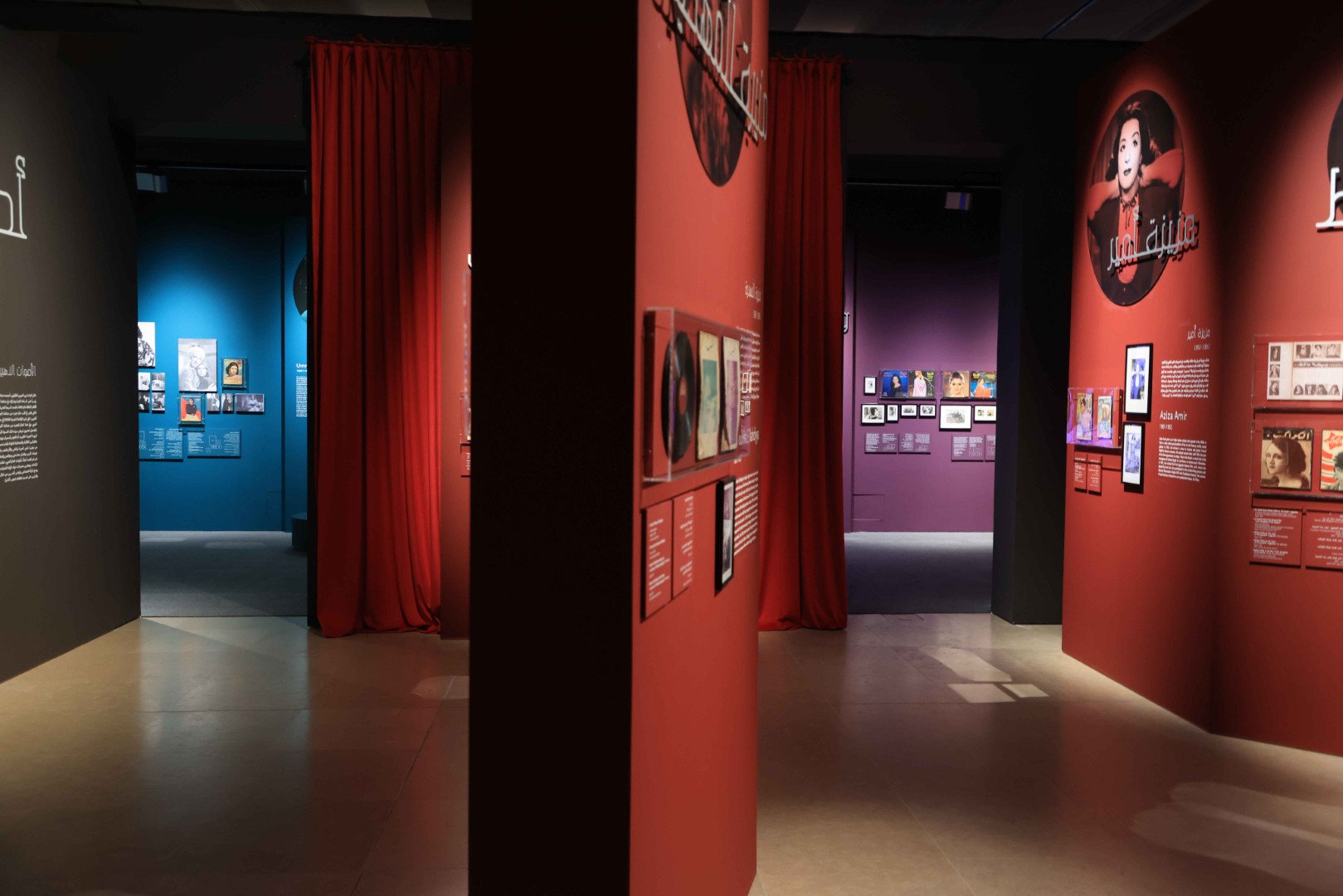
Beirut’s cultural scene, long a hub alongside Cairo in the 1960s, provides a fitting backdrop for this celebration. Despite political upheavals, the city has continually reaffirmed its artistic vitality through music, theatre, and festivals. DIVAS captures this spirit, highlighting how these women’s artistry intersected with broader movements, from feminism and cultural pan-Arabism to the fight for independence in the mid-20th century.
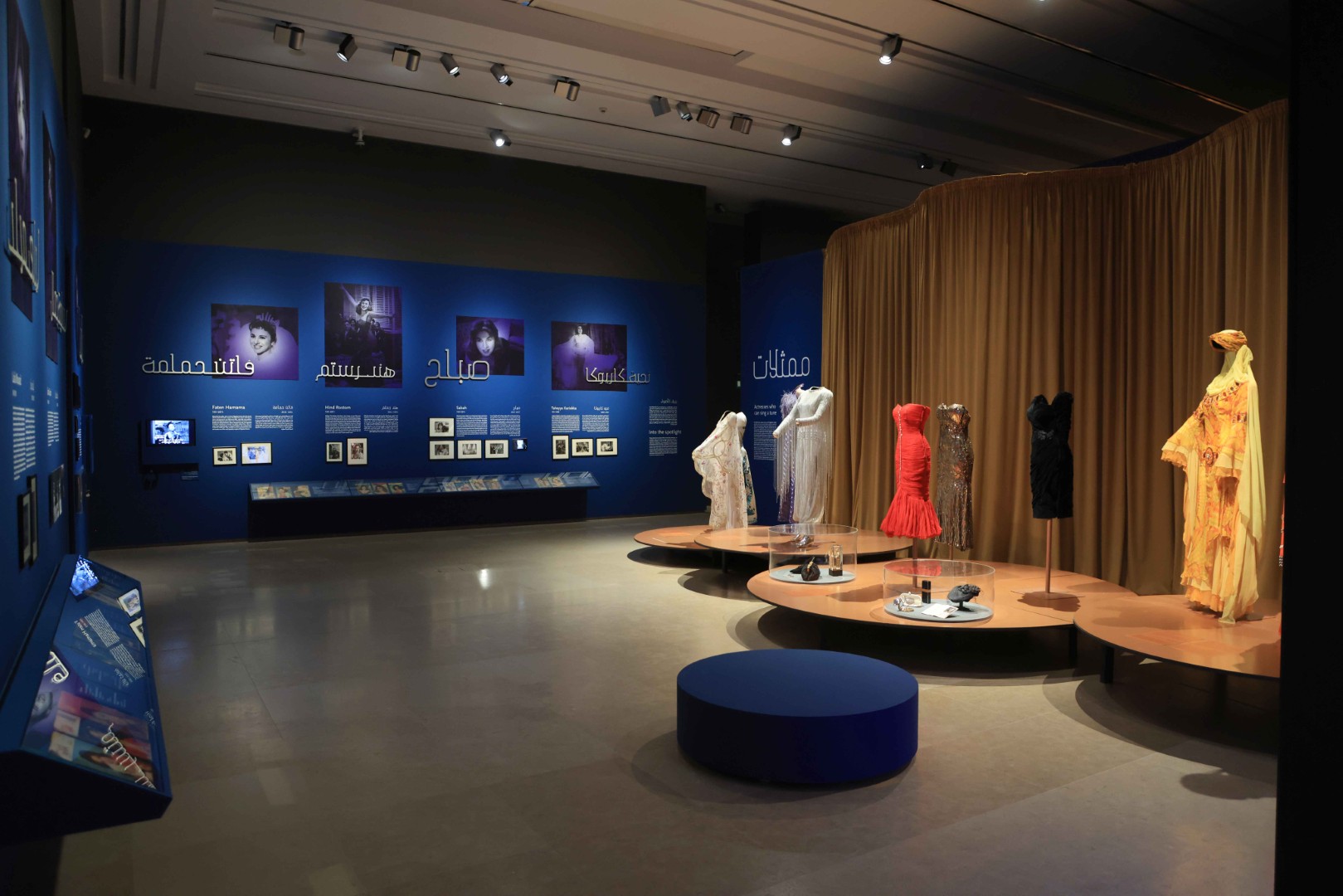
Through photographs, archival material, and immersive installations, visitors are invited to explore not only the glamour and talent of these extraordinary performers but also their profound influence on Arab cultural and social history. The exhibition is a testament to the enduring legacy of these women, icons whose voices continue to resonate decades later.
For lovers of Arabic music, this is a must-see.
For more stories of art and culture, visit our dedicated archives.


